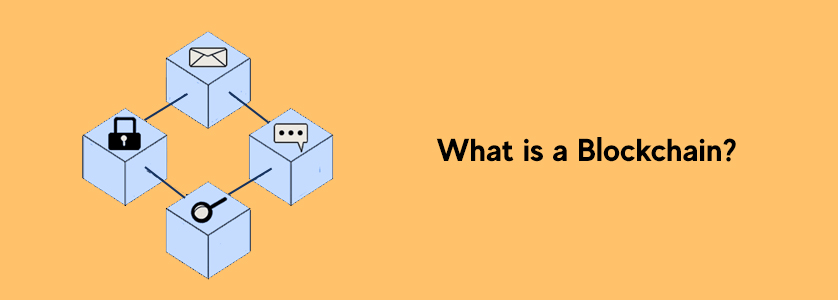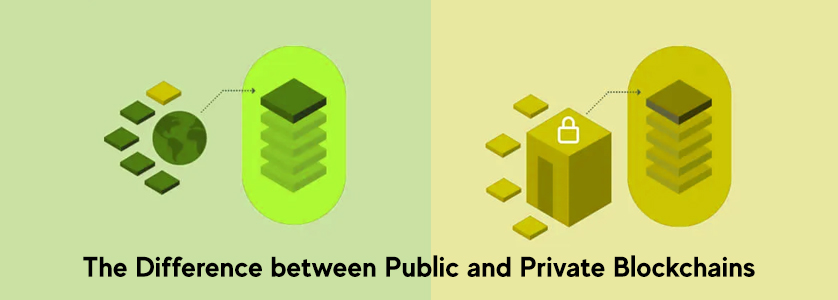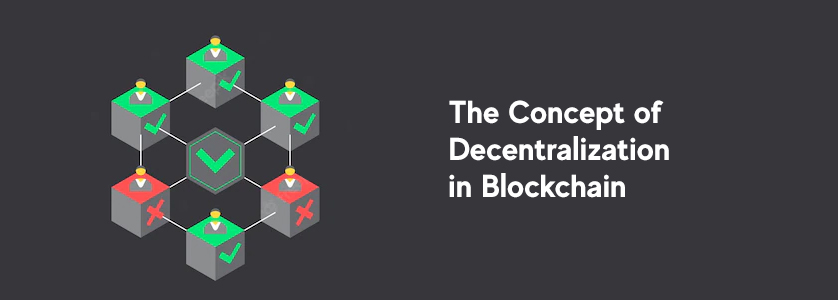Blockchain technology is a revolutionary new way of storing and sharing information that has the potential to change the way we conduct business, manage our finances, and even govern our societies. At its core, blockchain is a decentralized, digital ledger that can be used to record and track a wide variety of transactions and assets. Unlike traditional ledgers, which are maintained by a central authority, blockchain is maintained by a network of computers that work together to ensure the integrity and security of the data. This makes it resistant to tampering and fraud and allows for greater transparency and accountability.
In this guide, we will provide an introduction to the basics of blockchain technology, including what it is, how it works, and its potential applications. Whether you’re a complete beginner or have some familiarity with the subject, this guide will give you a solid understanding of this exciting new technology and its potential to change the world.
What is a Blockchain?

A blockchain is a decentralized, digital ledger that records transactions across a network of computers. It is a continuously growing list of records, called blocks, which are linked and secured using cryptography. Each block contains a cryptographic hash of the previous block, a timestamp, and transaction data. The decentralized nature of the blockchain means that it is not controlled by any single entity and is resistant to modification of the data.
How Does a Blockchain Work?

Blockchain technology is a digital ledger system that allows for secure and transparent transactions. It is a decentralized and distributed system that creates a chain of blocks, each containing a record of multiple transactions. These blocks are linked together using cryptography, creating a secure and unchangeable record of all transactions on the blockchain. This allows for secure and transparent tracking of assets, such as cryptocurrencies, without the need for a central authority. The transactions are validated by a network of users rather than a central authority, making the system more secure and resistant to tampering. The data stored on a blockchain is also transparent and accessible to anyone on the network, providing a level of transparency and accountability.
The Difference Between Public and Private Blockchains

Blockchains can be classified into two main categories: public and private. Public blockchains, such as Bitcoin and Ethereum, are decentralized and open to anyone to participate in. They operate on a peer-to-peer network, where all participants have a copy of the blockchain and can validate transactions. Private blockchains, on the other hand, are typically owned and operated by a single organization or consortium. They have stricter access controls and are often used for specific applications such as supply chain management or financial transactions. The key difference between the two is the level of decentralization and accessibility. Public blockchains are open and decentralized, while private blockchains are more centralized and controlled by a single entity.
The Concept of Decentralization in Blockchain

Decentralization is a key concept in blockchain technology. It refers to the distribution of power and control among a network of participants rather than being centralized in a single entity. In a decentralized blockchain network, power is distributed among all the nodes that make up the network, and no single node has the ability to control or manipulate the network. This ensures that the network is secure and resistant to censorship or manipulation.
Additionally, the use of cryptographic techniques in blockchain technology allows for transparency and immutability, making it a secure and reliable way to store and transfer information. As a result, blockchain technology has the potential to disrupt traditional centralized systems and bring about new forms of trust and collaboration.
Cryptography in Blockchain

Cryptography is used to secure the data stored on the blockchain and to ensure that transactions are valid and cannot be tampered with. The most common cryptographic method used in blockchain technology is called SHA-256, which is a one-way hash function that takes an input and produces a fixed-size output. This output, also known as a hash, is unique to the input and any change in the input will result in a completely different output. This is used to ensure the integrity of the data stored on the blockchain and to prevent any unauthorized changes.
Additionally, digital signatures are used to ensure the authenticity of transactions and to prevent any fraudulent activity. This is achieved through the use of public and private key pairs, where a user’s public key is used to verify their identity and the private key is used to sign transactions.
The Future of Blockchain and its Potential Impact

Blockchain technology has the potential to revolutionize a wide range of industries, from finance to supply chain management. Some experts predict that it will become the backbone of the global financial system, while others see it as a way to create more efficient and transparent supply chains. The decentralized nature of blockchain technology also has the potential to disrupt traditional business models and give rise to new, more democratic models of organizational structure.
However, the future of blockchain technology is uncertain and there are still many challenges that need to be overcome before it can reach its full potential. These challenges include scalability, interoperability, and regulatory compliance. Despite these challenges, technology is advancing rapidly and many companies and organizations are exploring ways to use it to improve their operations and create new business opportunities.
Conclusion
In conclusion, blockchain technology is a revolutionary concept that has the potential to disrupt various industries and change the way we think about trust and security. The ability of blockchain to enable trustless, peer-to-peer transactions without the need for intermediaries has far-reaching implications for various industries such as finance, supply chain, and healthcare.
While the technology is still in its early stages, and the full extent of its potential impact is yet to be seen, it is clear that blockchain has the potential to change the way we conduct business and exchange value. As technology continues to evolve and mature, it will be interesting to see how it will be adopted and integrated into various systems and processes in the future.
Read More:- An Introduction to Artificial Intelligence: What You Need to Know

